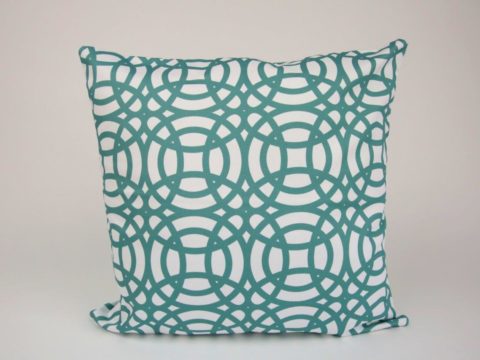Royal Splendour
Chapter 6 : Newcastle to Dalkeith
At Newcastle, the next location, there was a little variety, as a choir of children had been arranged to sing for the Queen. Rather disapprovingly, Yonge reports that although the streets were once again thronged with people and beautifully draped with cloth, there was no gun salute. Durham also merited two days, perhaps because Northumberland had arranged a banquet, which lasted till midnight and was accompanied by dancing and games.
In Newcastle, Margaret met, probably for the first time, a man who was to be very influential in her life: Thomas Dacre, variously known as Lord Dacre of Gilsland, or Lord Dacre of the North (to distinguish him from Lord Dacre of the South). Dacre had fought for Richard III at Bosworth, but transferred his allegiance to Henry VII, who was happy to accept his services. Dacre became Deputy Lord Warden of the Marches, then, under Henry VIII, Warden-General of the Marches.
From Newcastle, to Morpeth, and then to the Earl of Northumberland’s enormous castle at Alnwick. This was an opportunity to relax, and, as the passed through the park, they did a little hunting, with Margaret shooting and killing a buck. Two days were passed in the splendour and comfort of Alnwick before the last leg of the journey through England. She reached Berwick-upon-Tweed, where she was greeted with the sound of gun-salutes, on 29th July.
As a border town (last captured by the English in 1483), Berwick was more military in its display. As well as the artillery rounds fired, there were guards and soldiers lined up to salute. She was lodged in the castle, with Lady Darcy as hostess. (Thomas Darcy, not to be confused with Thomas Dacre, had a distinguished career on the border until he ended his days on Tower Hill, aged seventy, following involvement in the Pilgrimage of Grace.)
The two days spent in the border town were devoted to hunting, and rather unpleasantly, bear-baiting.
On 1st August, it was time for Margaret to leave England. She set out for Lamberton Kirk, where she was to enter her new kingdom.
For this last stage of the journey through England, all the stops were pulled out. Northumberland led the retinue in yet another outfit – covered this time with a purple cloak, then came the Archbishops and bishops, Surrey, the two Lord Scropes, Lord Latimer, Lord Gray and all the others. In total, it was estimated that some 1300 people accompanied Margaret to the border.
Margaret was back in her litter, dressed in cloth of gold and dripping with jewels. Without wishing to speculate too much on the unknowable contents of another person’s mind, a mixture of excitement, trepidation and longing for her father seem likely candidates for Margaret’s thoughts.
At Lamberton Kirk, the Archbishop of Glasgow awaited his queen. He would have been familiar to her, as he had conducted her proxy marriage in January 1502. James’ trumpeters were present to blow a fanfare as the Archbishop, the Bishop of Murray and an Earl (probably Bothwell) bowed to the ground in front of Margaret’s litter.
She was conducted to a pavilion, and helped down from the litter. Entering it, she found ladies and gentlewomen appointed to wait upon her, dressed in scarlet and bearing fresh fruit. Several other pavilions housed preparations for a meal.
Having eaten, Margaret took to her horse, and waited whilst Northumberland, still gambading, took his leave, along with the Lords Scrope and the other gentlemen not of the Queen’s permanent household. Margaret was then conducted to Fast Castle, home of the brother-in-law of the Bishop of Murray, with some 1,000 Scottish knights, gentlemen and attendants, as well as her own household.
The following day, the sound of gun salutes still in her ears, she moved to Haddington. As in England, the roads were crowded with people, eager to see their new Queen. It was seventeen years since the death of the last Queen of Scots, Margaret of Denmark, and the novelty value of a new queen was high.
From Haddington, Margaret entered the lands of James Douglas, Earl of Morton, who welcomed her to his castle of Dalkeith. Lady Morton was raised from her knees and kissed by her new queen before she conducted her to the best chamber in the castle.




